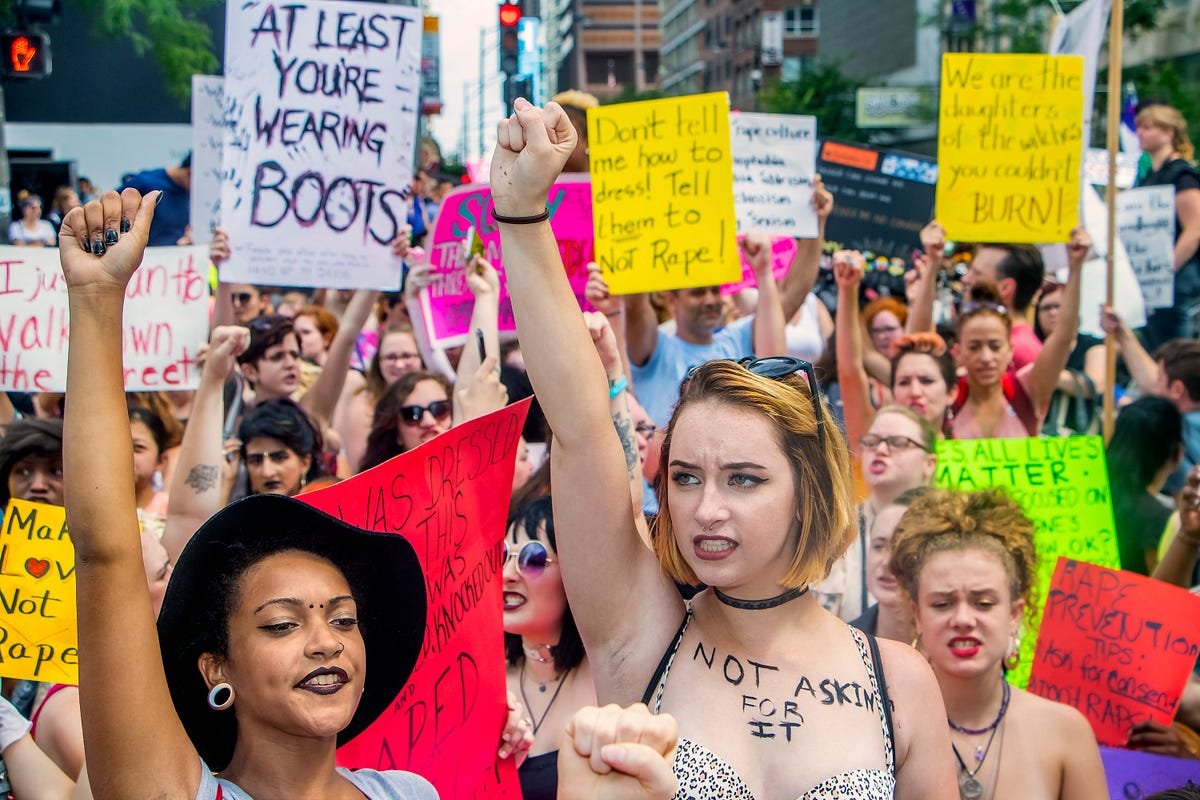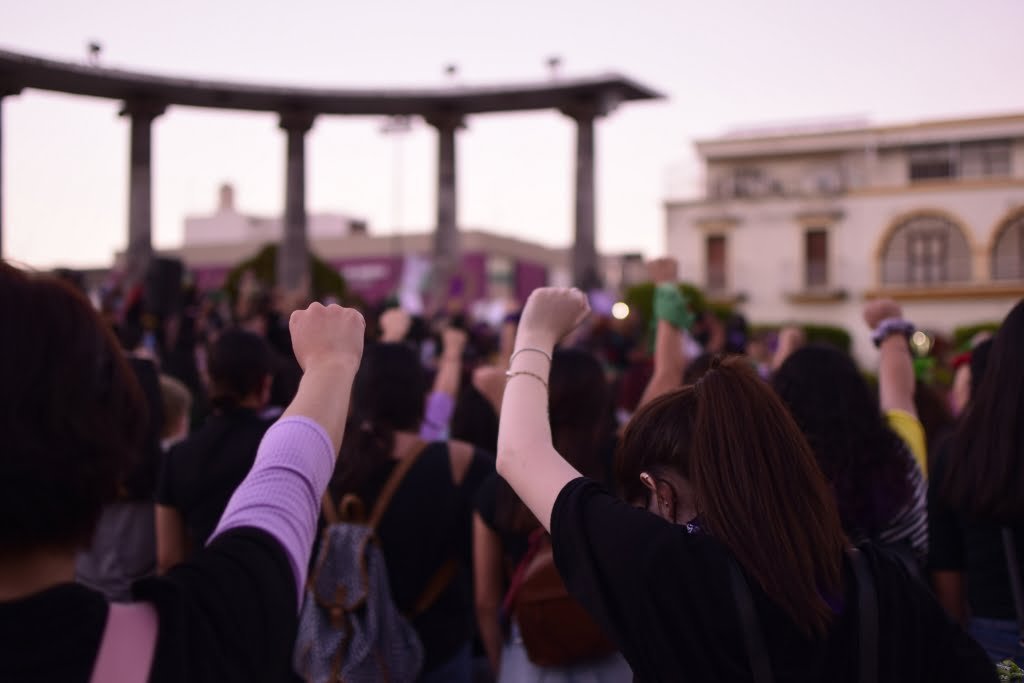
Feminism 2.0: Intersectionality and Inclusivity in the Fight for Gender Equality
Feminism has evolved over the years, adapting to the changing social landscape and embracing new ideologies. In recent years, feminism 2.0 has emerged, placing a strong emphasis on intersectionality and inclusivity. This new wave of feminism recognizes that gender equality cannot be achieved without addressing the intersecting factors of race, class, sexuality, and more. Let’s delve into the principles of feminism 2.0 and explore how they are reshaping the fight for gender equality.
Understanding Feminism 2.0

Defining Intersectionality
Intersectionality refers to the interconnected nature of social categorizations such as race, class, and gender, and how they overlap and intersect to create unique experiences of oppression and privilege. In the context of feminism, intersectionality acknowledges that women’s experiences are shaped not only by their gender but also by other aspects of their identity. Feminism 2.0 represents a shift from the traditional feminist paradigm to a more inclusive and intersectional approach. Unlike previous waves of feminism that primarily focused on the experiences of white, middle-class women, feminism 2.0 acknowledges the intersecting identities and experiences that shape individuals’ lived realities. This approach recognizes that gender inequality is intertwined with other forms of oppression, including race, class, sexuality, disability, and more.
Embracing Inclusivity
Inclusivity is a core principle of feminism 2.0, emphasizing the importance of including diverse voices and perspectives in the feminist movement. This means amplifying the voices of women of color, LGBTQ+ individuals, disabled individuals, and other marginalized groups whose experiences have often been overlooked or excluded from mainstream feminism.
Intersectionality: Recognizing the Complexity of Oppression
Intersectionality, a term coined by legal scholar Kimberlé Crenshaw, highlights the interconnected nature of various forms of oppression, such as racism, sexism, classism, homophobia, and ableism. It acknowledges that individuals can experience multiple forms of discrimination simultaneously and that these intersecting identities shape their experiences and opportunities. Intersectional feminism seeks to address these overlapping systems of oppression and uplift the voices of marginalized women who have historically been overlooked by mainstream feminism.
The Importance of Intersectionality in Feminism (H2)
Intersectionality expands the scope of feminism by recognizing that gender inequality is intertwined with other forms of oppression, such as racism, ableism, and homophobia. By centering intersectionality in feminist discourse, we can better understand the complex ways in which systems of power and privilege operate and work towards dismantling them. Intersectionality, coined by legal scholar Kimberlé Crenshaw, emphasizes the interconnected nature of social identities and the unique forms of discrimination that individuals may face as a result of overlapping identities. In the context of feminism, intersectionality highlights the need to consider how factors such as race, ethnicity, socioeconomic status, sexual orientation, and gender identity intersect to shape individuals’ experiences of oppression and privilege.
Inclusivity: Centering Marginalized Voices
Inclusivity is another key aspect of Feminism 2.0, emphasizing the importance of centering the experiences and perspectives of marginalized communities within the feminist movement. This means actively seeking out and amplifying the voices of women of color, LGBTQ+ individuals, disabled individuals, and other marginalized groups who have been historically marginalized within the feminist movement. Inclusive feminism recognizes that gender equality cannot be achieved without addressing the intersecting forms of oppression that impact.
Challenges and Criticisms

While feminism 2.0 has made significant strides in promoting intersectionality and inclusivity, it is not without its challenges and criticisms. Some critics argue that the focus on intersectionality has led to divisions within the feminist movement, while others question whether mainstream feminism is truly inclusive of all marginalized groups.
Moving Forward: Strategies for Advancing Feminism 2.0
Despite these challenges, there are several strategies for advancing feminism 2.0 and building a more inclusive feminist movement. This includes actively listening to and centering the voices of marginalized individuals, prioritizing intersectional analysis in feminist research and activism, and challenging systems of oppression both within and outside of feminist spaces.
In conclusion, feminism 2.0 represents a new era of feminist thought that prioritizes intersectionality and inclusivity in the fight for gender equality. By recognizing the interconnected nature of oppression and amplifying the voices of marginalized individuals, feminism 2.0 seeks to create a more inclusive and equitable world for all. Let’s continue to embrace these principles and work towards a future where every person, regardless of their race, gender, or background, can thrive.
FAQs (Frequently Asked Questions)
What is feminism 2.0?
Feminism 2.0 is a progressive form of feminism that places a strong emphasis on intersectionality and inclusivity, recognizing the interconnected nature of social categorizations such as race, class, and gender.
Why is intersectionality important in feminism?
Intersectionality expands the scope of feminism by acknowledging that gender inequality is intertwined with other forms of oppression, such as racism, ableism, and homophobia.
How can I support feminism 2.0?
You can support feminism 2.0 by actively listening to and centering the voices of marginalized individuals, advocating for intersectional analysis in feminist research and activism, and challenging systems of oppression.
What are some criticisms of feminism 2.0?
Critics of feminism 2.0 argue that the focus on intersectionality has led to divisions within the feminist movement, while others question whether mainstream feminism is truly inclusive of all marginalized groups.
What is the future of feminism 2.0?
The future of feminism 2.0 lies in continuing to prioritize intersectionality and inclusivity in the fight for gender equality, challenging systems of oppression, and building a more inclusive and equitable world for all.
By recognizing the interconnected nature of oppression and centering the experiences of marginalized communities, Feminism 2.0 seeks to create a more inclusive and equitable movement that represents the diverse experiences of all women. As we continue to navigate the complexities of intersectional feminism, it is essential to remain committed to challenging systems of oppression and building solidarity across diverse communities.




